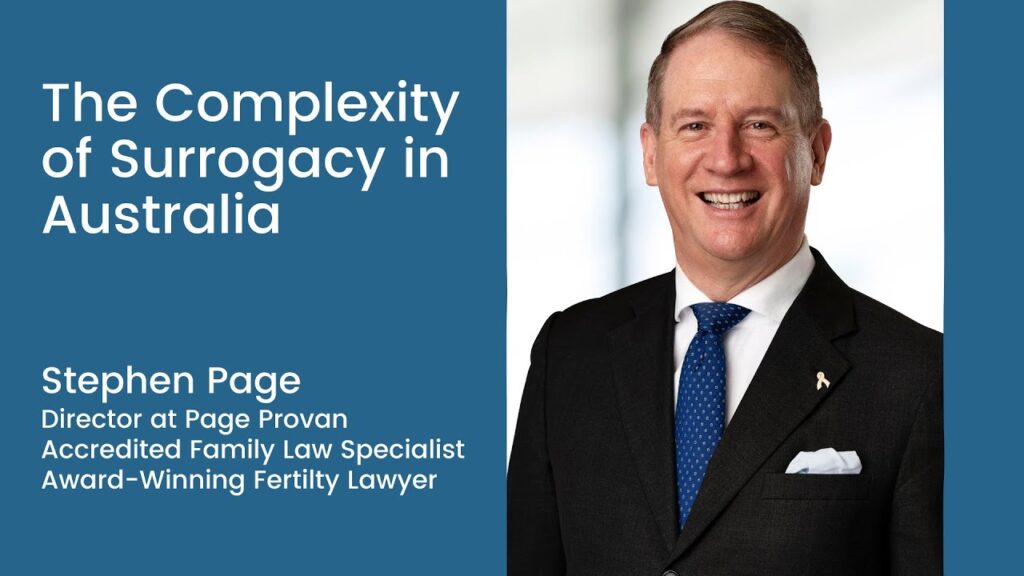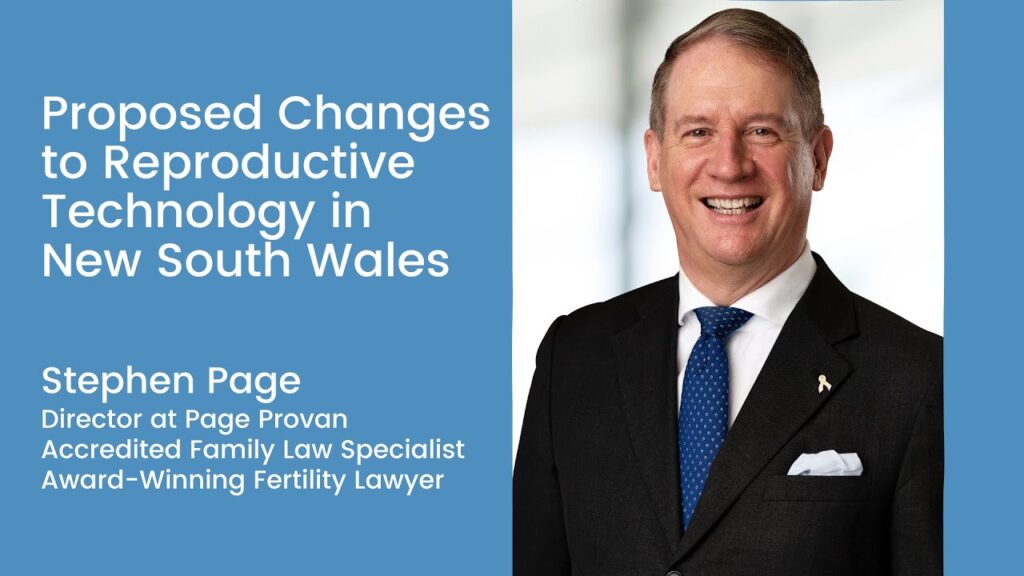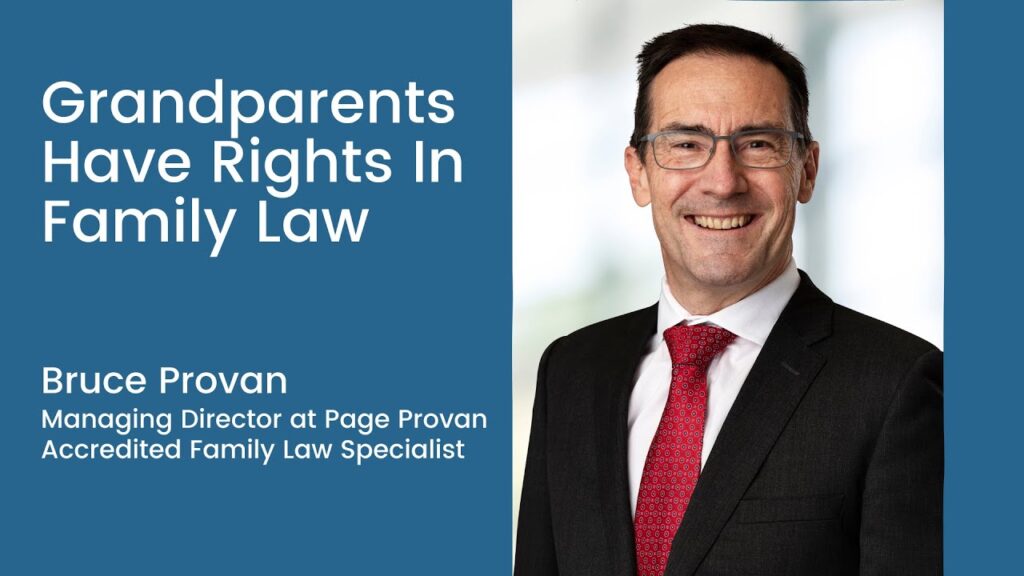Challenges of AI
A challenging article from the US:
Question: When is your father not your father? Answer: When he’s a sperm donor.
Artificial insemination begets children without paternity, with troubling cultural and legal consequences.
Aided by a lucrative sperm-bank service industry, an increasingly unmarried consumer base, a legal profession and judiciary geared toward seeing relationships through a contractual lens, and a growing cultural preference for individual choice without limits, AI is advancing a cause once celebrated only in the most obscure radical journals: the dad-free family.
Consider a case now before the Kansas Supreme Court. An unmarried woman in her early thirties decided that she wanted a child and asked a friend to be a sperm donor. He agreed, one thing led to another, which led to a syringe of his sperm, which led to the birth of twins. The mother says that she always intended to raise the kids alone and never wanted the friend involved in their lives. The donor says that he planned to be the twins’ father in name and practice. There is no written contract. What does the contemporary Solomon do?
Well, in a Kansas trial court, Solomon rules that without a contract the twins have no father. The man who provided half of the children’s genetic material has no more relationship to them than does the taxi driver who rushed their mother to the hospital when she went into labor. Now, assuming that the Kansas Supreme Court upholds the decision, the state of Kansas can celebrate adding two more fatherless children to its population, and Mom can rejoice by dressing her twins in bibs—available over the Internet—proudly announcing: my daddy’s name is donor.
You’d think that we had enough problems keeping fathers around in this country, what with out-of-wedlock births (over a third of all children are born to unmarried women, and, in most cases, the fathers will fade from the picture) and divorce (the average divorced dad sees his kids less often than he takes his car in for an oil change). But these days, American fatherhood has yet another hostile force to contend with: artificial insemination.
In the middle of the twentieth century, artificial insemination seemed as family-values-friendly as Dr. James Dobson himself. If a woman had trouble conceiving, doctors would inject her husband’s sperm directly into her uterus. Or, if the husband’s sperm count was low, physicians would enlist the help of medical students willing to provide their sperm. AI was rare, producing 5,000 to 7,000 American babies a year.
But today, technology, economics, and a liberalizing social climate have worked together to expand AI into brave new territory.
These days, anyone can buy sperm: married couples, gay couples, and single women; women on the AARP mailing list, women barely out of college, 40-year-old women who have tried desperately to find husbands and have no other hope of becoming mothers, and 20-something women who—well—just want to, that’s all; rich and famous women like Annie Leibovitz, Wendy Wasserstein, and Mary Cheney; and divorced third-grade teachers who live in modest two-bedroom condos and are fed up with men. Whoever.
The California Cryobank, the country’s largest, estimates that about 40 percent of its customers are unmarried women. The Sperm Bank of California says that two-thirds of its clientele are lesbian couples. Most professionals believe that about 1 million American children are the progeny of sperm donors—the large majority of them anonymous—with 30,000 more boosting the ranks each year.
Subtract the children born via AI to infertile married couples: that’s still a lot of fatherless kids.
Most fertility specialists probably never imagined themselves as building a new family order. They just believed that they were helping the unfortunate, a view that the joyful maternal testimonials filling sperm-bank websites support. But that doesn’t answer the question of whether spreading happiness automatically validates artificial insemination’s almost entirely unregulated march into the mainstream of American life.
In a more conservative time, lawyers joined—critics might say conspired with—doctors to contain the potential ambiguities of paternity and to bolster the social consensus that children should grow up with married parents. In 1973, the American Bar Association published the Uniform Parentage Act, a model state law that proposed that a woman’s husband automatically be deemed the legal father of her AI children—assuming that he had consented to the procedure and that a doctor had performed the insemination. The donor dad would be a legal cipher, just as he was a domestic one.
But with a growing number of AI cases involving single women and lesbian couples, the pretense of the donor’s nonexistence is no longer tenable, since there’s no father around. The issues surrounding the practice have grown vastly more complicated: Can a sperm donor be a father? Can his mother be a grandmother? Can a child conceived through AI inherit property from her biological father? Can a child have two mothers and no father? How about two mothers and a father? Can the lesbian partner of a biological mother have custody rights if the couple breaks up? Can she be required to pay child support? And, again, who are the grandparents?
Unfortunately, in the absence of any other authority, answering these questions has fallen to family court judges. In unwitting alliance with a fertility industry fiercely protective of anonymous gamete donation, the courts have given their imprimatur to two nonsensical biological conditions: children who have no fathers and fathers who have no children. The old Uniform Parentage Act had it that a donor had no paternal standing, because at the time the law needed to resolve the potential problem of two fathers: the donor and the mother’s husband. It should be obvious that in the case of a single or lesbian mother, the problem is quite different: there is no “other father.”
But it hasn’t proved obvious to most legal experts, who continue to revert to the Uniform Parentage Act formula: as long as a doctor performs the insemination or a sperm bank sells the sperm, the donor is not a father. This doesn’t simply mean that the child is fatherless in the way that, say, an orphan is fatherless. Rather, the child is born into an entirely new human circumstance. For, according to the law, he never had a father at all.
To justify this new “reality,” many legal scholars argue that we should reject biology as the basis of parentage in favor of the principle of “intentionality.” It’s the person—or persons—who planned the child who have parental rights.
However, intentionality is wildly inconsistent with the law’s traditional presumption of paternal responsibility. Say a man has a drunken one-night stand with a woman he meets in a bar. If she gets pregnant, the law sees him as a father, and he must pay child support for the next 18 years. But if a college student visits the local sperm bank twice a week for a year, produces a dozen children, and pockets thousands of dollars, he can whistle his way back to econ class, no cares, no worries.
And that’s just for starters. A woman participating in an online discussion group at the Donor Sibling Registry, a database for AI parents and children, describes how she and her lesbian partner decided to have a child together. After she became pregnant through a donor, the couple purchased a house and settled in to wait for the blessed event. But several months later, the partner lost interest and moved out, announcing that she no longer intended to become a parent. If it were the child’s father who pulled that stunt, no rational person would disagree: your baby, your responsibility, Bub. But in what sense is the partner a parent to a child she’s never seen, much less nurtured, and to whom she is biologically unrelated? Simply because for a few months she thought that she wanted to be a parent? And why should her intent prevail over other goods—in this case, the biological mother’s need to create a loving environment for the child, or—now here’s a radical idea!—the child’s interest in knowing her father?
As intentionality has come to supplant biology, the law, by pretending nature doesn’t exist, has not caught up with reality; it has pole-vaulted over it. A family court in Burlington County, New Jersey, recently put two women on a state birth certificate. Last year, Virginia issued a birth certificate for a gay couple that read “Parent A” and “Parent B.” Massachusetts officials proposed crossing out “Father” on the state’s birth certificate and replacing it with “Second Parent” (until then-governor Mitt Romney nixed the plan). Many legal scholars are now proposing that courts move beyond the “heterosexist model” entirely. Why not put three parents—or four, for that matter—on the birth certificate? This past January, an Ontario court did just that. Intentionality, it seems, can accomplish almost anything.
The very premise of AI is that, apart from their liquid DNA, we can will fathers out of children’s lives. And insofar as their Y chromosome is significant, they are completely interchangeable with other “male role models.”
To produce and rear the next generation, women are still a vital presence—at least until artificial wombs become part of the artificial-reproduction toolbox.
Sources:
Oklahoma Family Law Blog, “The Incredible Shrinking Father” by Kay Hymowitz.
Stephen Page, Harrington Family Lawyers, Brisbane spage@harringtonfamilylawyers.com 61(7) 3221 9544












